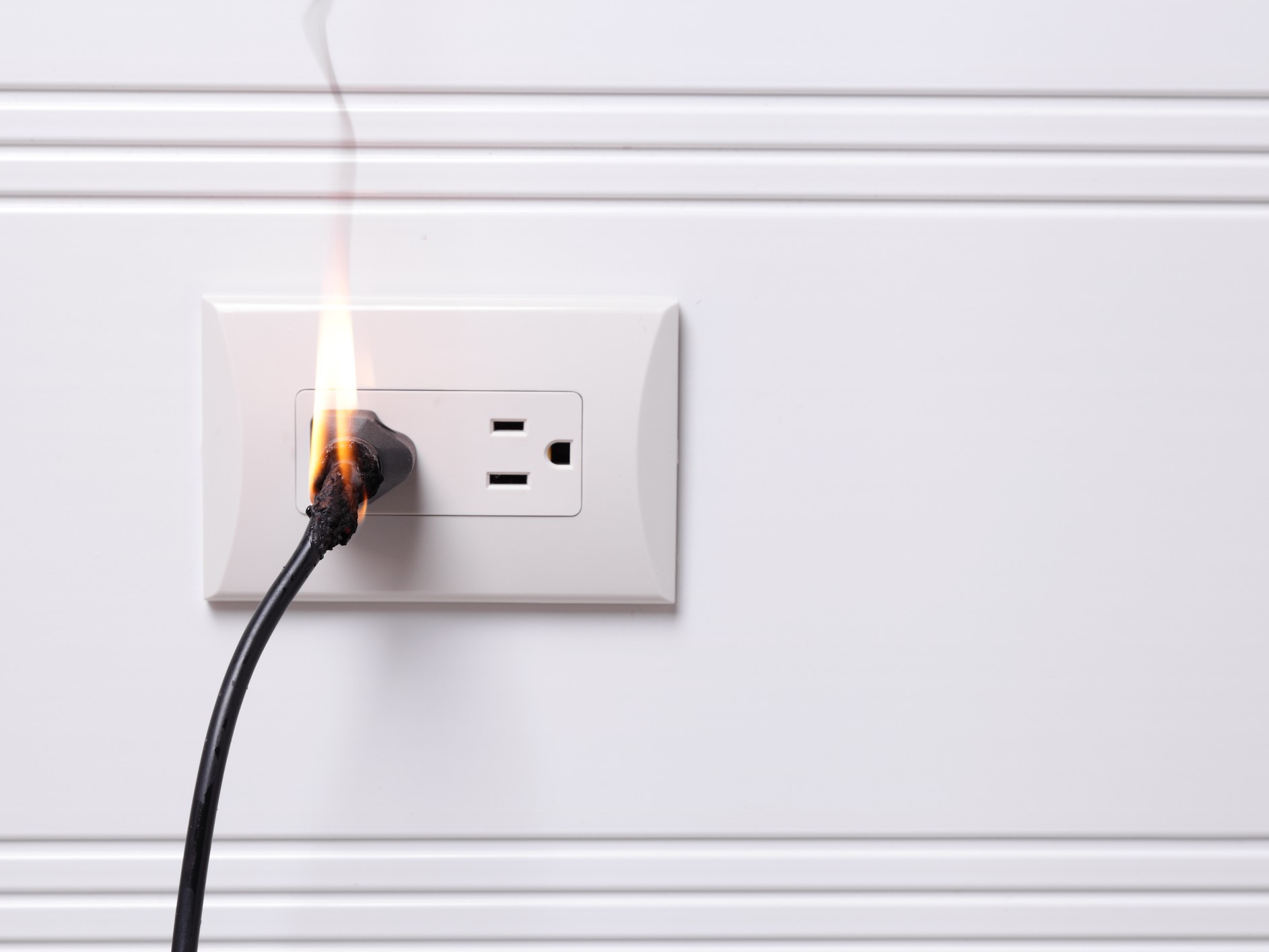Risk Insider: George Browne
Planning for the Unexpected
When you hear the word emergency, do you think of a fire, chemical spill, medical incident or other type of emergency that might occur at your facility? Or, possibly even a large event that occurred at a nearby location?
Emergencies occur every day, and some of those emergencies are large, and rare, events. Many more small emergencies occur every day, and you often do not hear about them.
Yet every emergency shares certain common features that allows us to prepare for such incidents. Those common factors can be used whether the event is small (i.e. the loss of heat in your facility on a very cold day) or large (i.e. a multiple alarm fire in your building). That said, let’s expand upon that idea.
Consider whether or not your facility has some unique features that may require you to meet with the local first responders and create a written, pre-incident plan.
First things first – you need a strategic plan; simple and easy to use. The foundation for the plan is built upon three basic priorities: life safety, incident stabilization, and property conservation. The order of importance of these priorities never changes, even if you can simultaneously work on all three priorities at once.
Let’s take a closer look at each of these priorities:
- Life safety – refers to the protection of people who may be victims, spectators, or emergency responders.
- Incident stabilization – aims to contain the incident to keep it from growing larger than what is needed to control the emergency.
- Property conservation – entails identifying the most valuable property at your facility and protecting it from damage or any additional damage.
Secondly, you need to accept three basic truths about emergencies and the action plan you develop from your strategic plan.
- Protect your people – this is life safety 101, but it needs to be reiterated here so that you include it in your action plan during an emergency.
- Make sure everyone knows who is in charge. Your plan should spell out who manages the emergency from the initial stages until it is resolved. This is not the name of a person, but the functional title of the emergency responders, and includes both on-site and off-site responders.
- Call for professional help early. The fire service has a saying, “The first five minutes are more important than the next five hours.” Get enough help to the emergency early on to prevent playing catch-up.
Third, be conscience of the fact that local emergency service organizations have limited knowledge of your facility, regardless of how often they may be there.
Consider whether or not your facility has some unique features that may require you to meet with the local first responders and create a written, pre-incident plan. This effort helps to provide realistic expectations for everyone involved. More importantly, it can also provide accurate information that allows for good decision-making during an emergency.
Responding to emergencies is not always easy, but all emergencies can be managed. A small event may only require calling for the paramedics, while a larger event may require the evacuation of your facility and watching, from a distance, as the incident is handled by professional emergency responders.
Efficient and profitable businesses develop plans to improve the efficiency of critical functions in order to improve profitability. Why should an emergency, especially one that may have the potential to destroy your business, receive any less attention and preparation?










